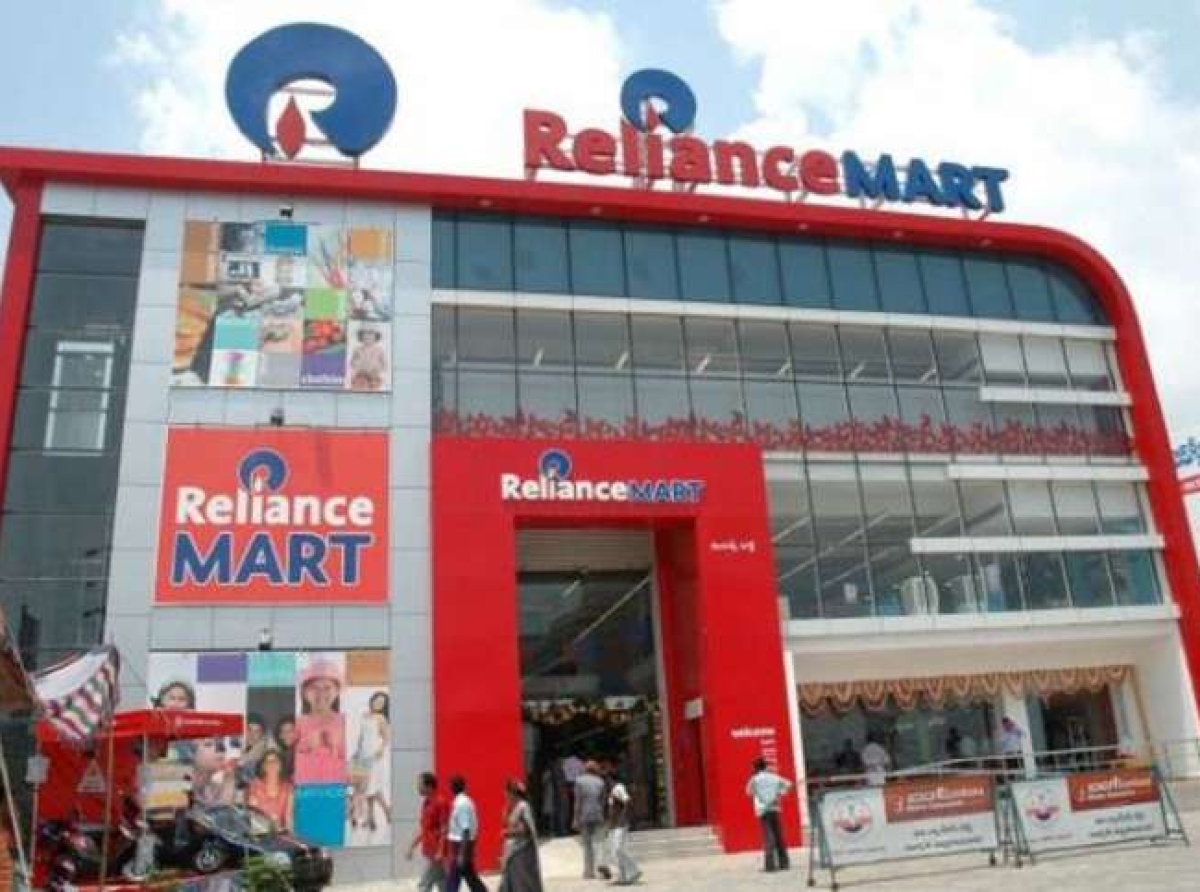14 August 2023, Mumbai
Indeed e-commerce has enabled products to expedite their footprint to all four corners of India, capturing the wallets of non-metro consumers as they gained access to brands they had to go to metros to shop for.
And what made e-commerce so attractive is the choice, discounted prices, easy return and cancellation, and a flood of offers.
The tale of physical retail seemed to have been relegated to the back burner and some experts went as far as predicting “the beginning of the end of physical retail as we knew it”. Fortunately, physical retail in India is far from declining.
In fact, its revving is boosted by Tier II and III cities which are relishing the experience of malls and supermarkets that was hitherto only in Tier I cities.
Organised physical retail to be $230 billion by 2030
End of the day, the proof of this prolific growth lies in the figures. India’s organised retail is valued at $110 billion today and in the next seven years, it is expected to more than double in value. When Covid-19 led to economic despair due to lockdowns, retailers started beefing up their online presence and those who weren’t online ensured they were.
The fate of physical retail then was a big question mark. That disastrous two years saw the demise of popular retail brands like Big Bazaar, FBB, and Central, all part of the now-bankrupt Future Group.
Of course, retail chains were right in bolstering their online sales because as per Deloitte India’s Future of Retail Report’s projection, e-commerce retail will be worth $325 billion by 2030. As Shashwat Goenka, Chairman, of Spencer’s Retail points out, today consumers are keener to make larger purchases at brick-and-mortar stores.
In contrast, e-commerce and quick commerce tend to fulfill their regular purchases. Again, Deloitte India states that India will see more retail growth. As the demographic factor of India changes and its swathes of urban pockets grow, millennials and the Gen Z population will demand more multi-format points from brands.
One brand, many avatars
In line with the onslaught of e-commerce and changing shopping habits of young Indians, many brands are rethinking their current format and also extending their lines to target different socio-economic demography.
For example, the new mash-up of lingerie and beauty. Now that Indian women are adept at online purchases of a wide range of makeup, she also has the option of physical retail stores selling the same makeup with makeover thrown in - Shoppers Stop’s SS Beauty and Reliance’s Tira and Nykaa. Reliance is planning to launch Blush Lace, a beauty-cum-lingerie format targeting the masses.
Growth is a way of life
Trent Retail, a part of the Tata Group, is expanding its mass-market brand Zudio at a faster rate than its flagship stores in Westside as the expanse of the population is in Tier II and III towns. The mantra for all these retail brands is to be wherever there are consumers rather than rely on Tier City Strategy. V Subramaniam, MD, Reliance Retail is clear about the company’s strategy – as India continues to grow as one of the fastest-growing consumer markets worldwide, Reliance Retail, which opens at least two to three outlets across various formats, is scale orientated and will be wherever there are consumers ready to shop.
Big names bust retail myths and go everywhere
The list of who’s who of Indian retail is now everywhere. Trent Retail, Shoppers Stop, Lifestyle, Aditya Birla Fashion Retail, Arvind Fashion, Raymond, Spencer’s Retail, and V-Mart, etc, are all busy reinventing formats to suit markets and entering uncharted territories to chase the vast number of consumers outside the top 20 Indian cities.
Of course, Reliance Retail is the market leader with 7,000 cities and getting deeper into the hinterlands as its portfolio of products resonates with consumers across the country.

























